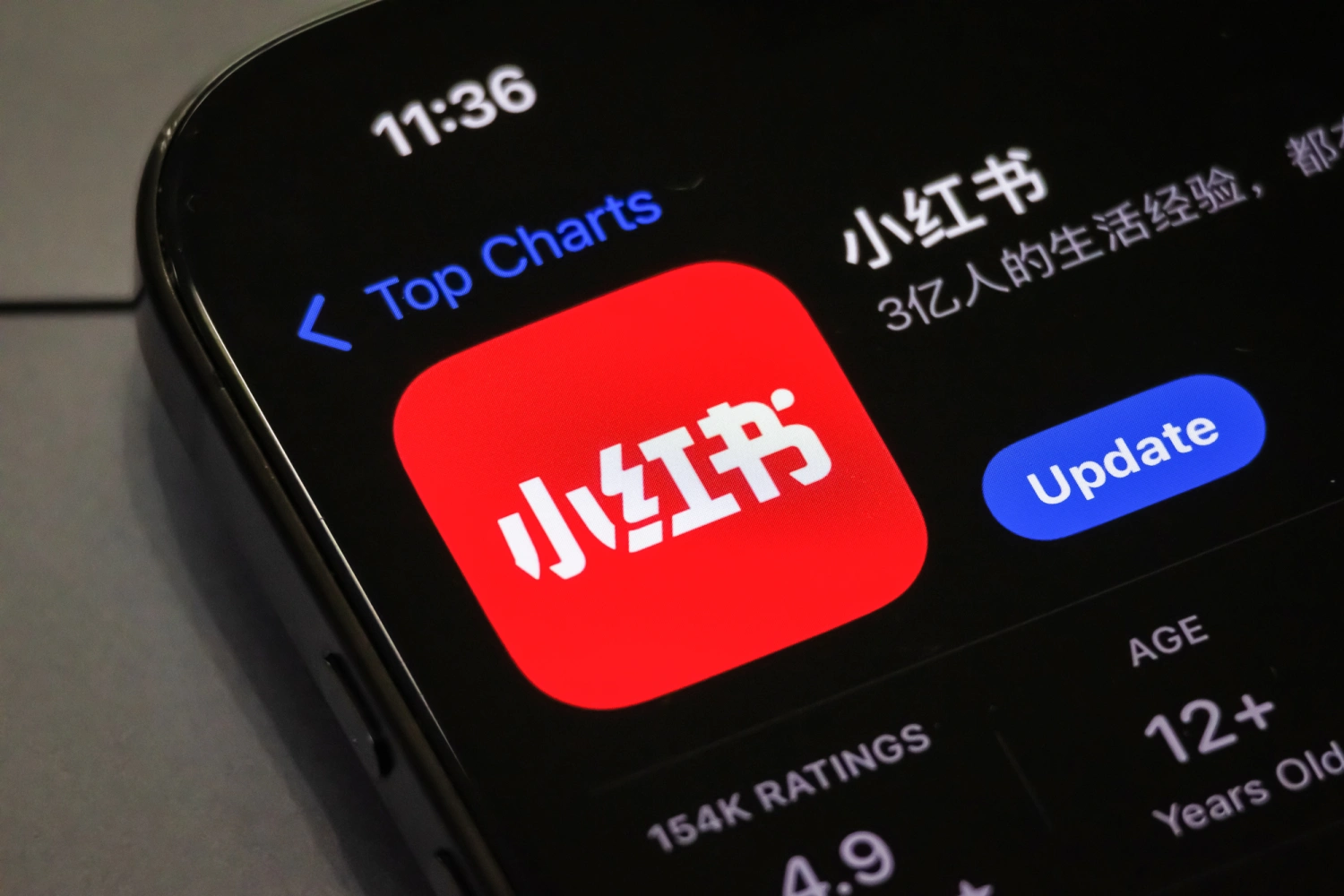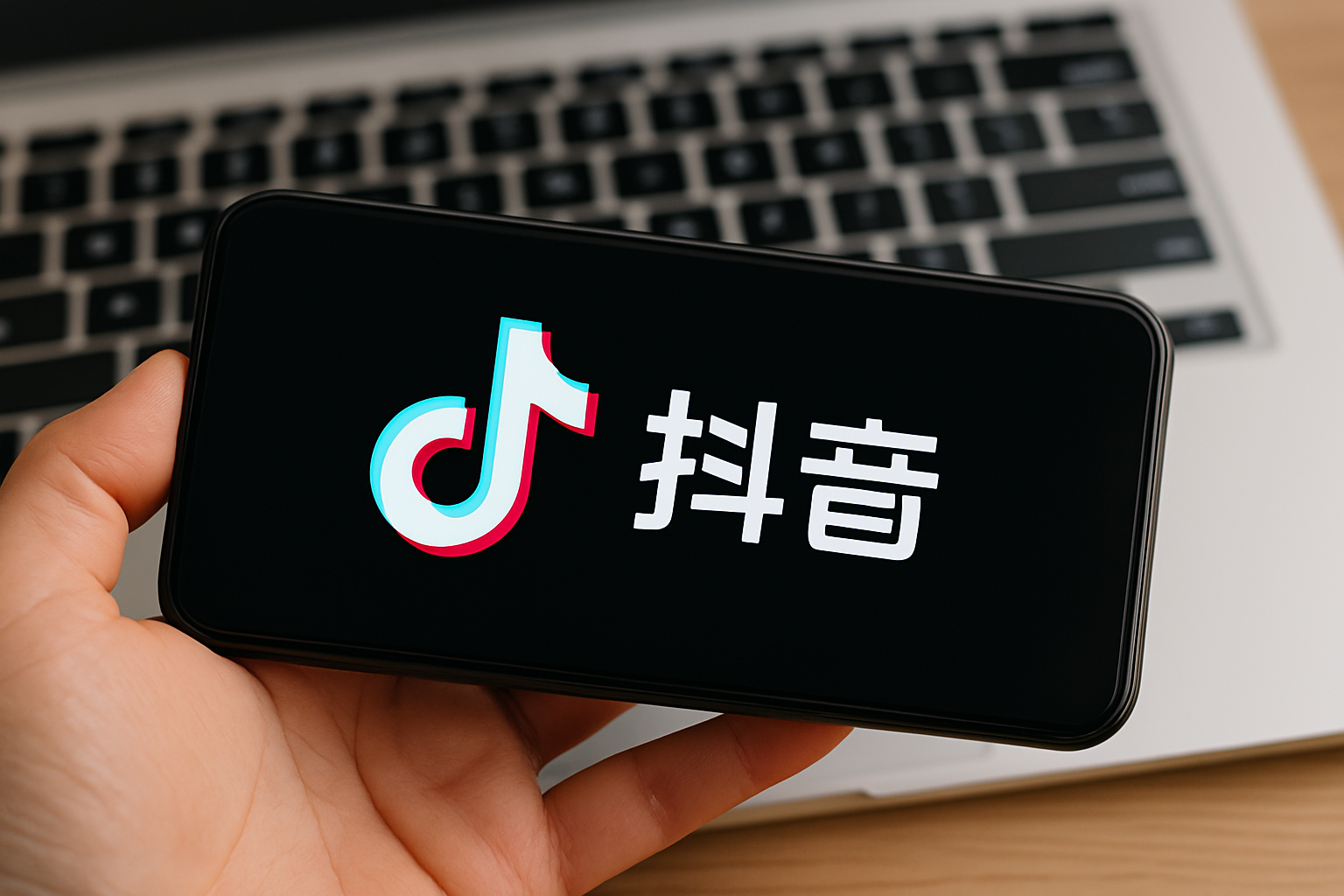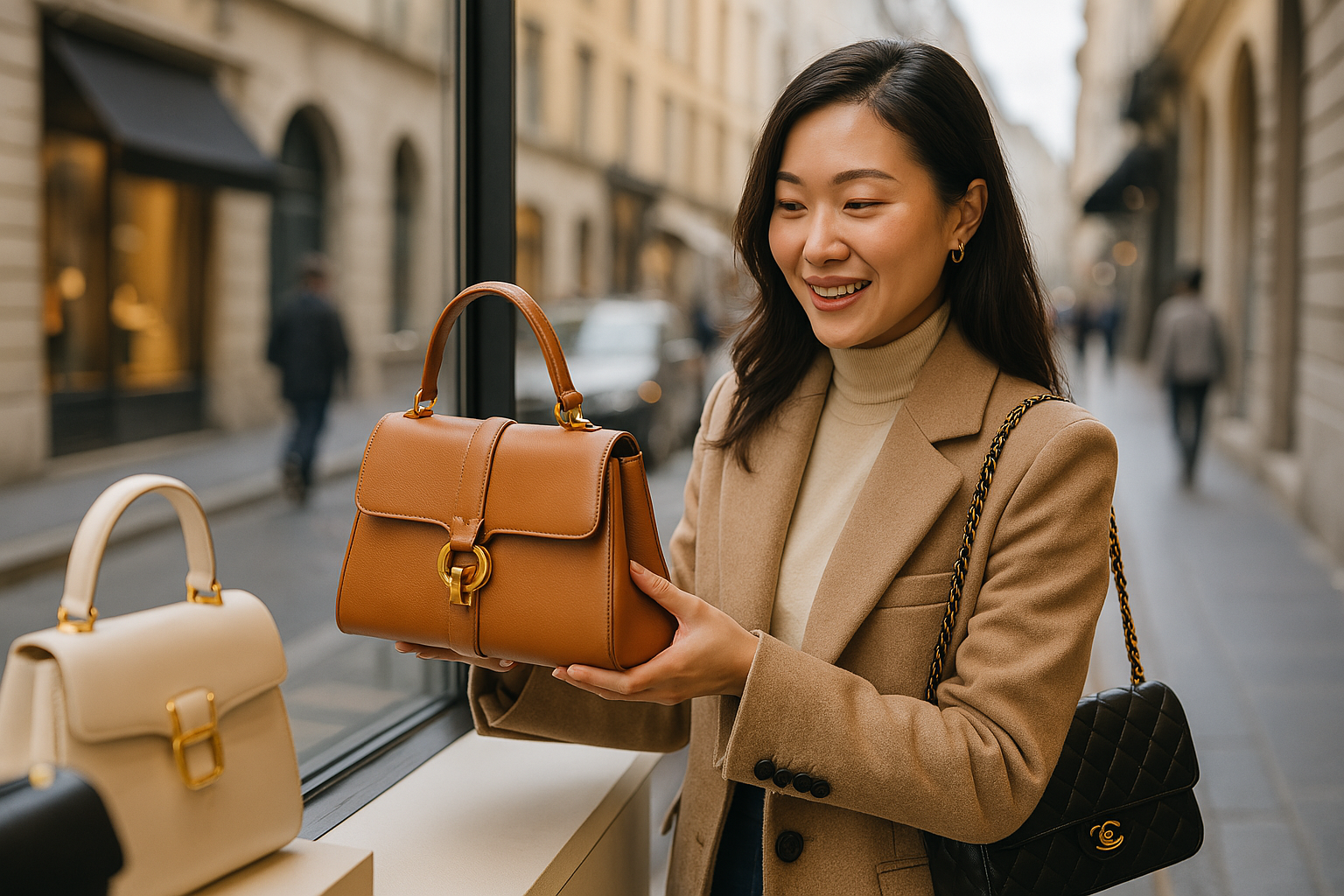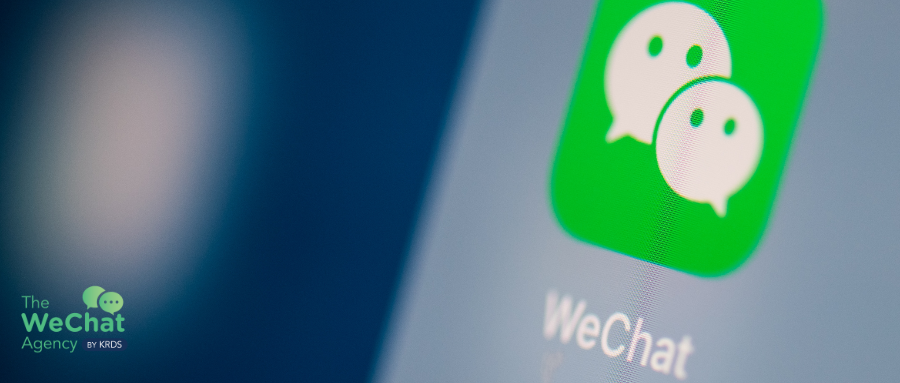Recent years have seen young Chinese consumers being increasingly interested in combining traditional Chinese culture and style with domestic brands and products.
This trend is known as ‘Guochao’ (国潮), which means ‘National Trend’. In a world greatly influenced by Western trends, youngsters are now looking for new ways to identify with their Chinese roots. Many domestic brands are focussing more on the nostalgia factor and this strategy is very appealing to younger consumers.
Emerging Fashion Trends
Most of the fashion trends in 1980s China came from foreign countries. But over the years, young people have begun to identify more with their Chinese roots and discovered the beauty of their tradition. This trend reflects the unexpected rise of domestic brands.
They creatively merged traditional culture with modern trends to make more fashionable styles, without increasing development costs. This allowed the Chinese youth to enjoy the rich heritage of their motherland without breaking the bank. Without the worry of price inflation, these domestic brands focused on design and aesthetic, thus increasing the appeal of their product.
How Brands can Hop on the Bandwagon
Guochao is not some brief trend that will go away. Arising from the longstanding Chinese culture, the rise of Guochao is inevitable as it only seems to be getting bigger, better and stronger. Even though many consumers still favour foreign products and brands, brands cannot ignore the fact that Chinese youths have started showing stronger national pride and forming their unique sense of culturally aesthetic style.
- The youth are looking for something more meaningful rather than fast fashion.
- It is important for new international brands entering China to embrace these values of Chinese pride in order to provide value to the consumers and connect with them.
- Brands that emphasise their own heritage and culture need to find ways to integrate their ideals with Chinese cultural elements.
- While the idea of Guochao does arise from deep rooted Chinese culture, brands can use this opportunity to innovate with their products and come up with new and unique messaging for their brand in China.
What to Infer
Brands, both domestic and international, have to think outside the box if they want to survive the changing paradigm of Chinese fashion industry. Guochao is here for the long haul, and while western trends and fashion are still relevant, the majority of youth in China will look towards brands that connect with them on a deeper level. Doing so can help brands build loyalty and trust with their customers, which goes a long way towards surviving the Chinese market.



